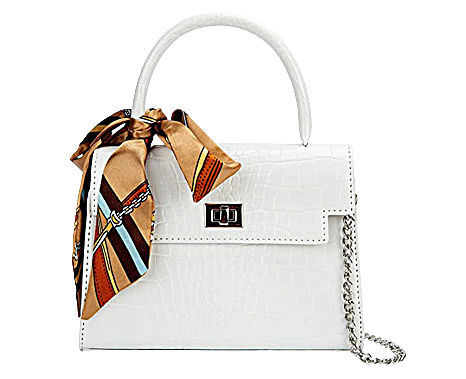Lynn Boorady, head of the department of design, housing and merchandising at Oklahoma State University, has stated that fashion houses should continue to improve availability of plus size dresses in stores at same prices as smaller sizes so as to help balance the existing underrepresentation of that category of clothes on the market.
Lynn admits that larger clothes cost more but equally suggests that manufacturers should endeavor to provide size inclusivity at equal price so as to reach more consumers who had been historically excluded from that market segment type.
Her remarks seem to follow a suggestion by fashion designer Diane von Furstenberg at the just ended Future of Everything Festival where she is said to have remarked that plus size dresses should cost more because they require extra fabric. Diane explains that her suggestion is both controversial but worth considering for economic reasons.
Rising costs in manufacturing brought about by Covid 19 and a global economic downturn are two major factors that may prompt manufacturers to seek higher pricing for plus size clothes but that decision may be unfair to plus size consumers. For decades the plus size market has been unduly underserved so hiking prices for that segment of the market exacerbates the feeling of isolation and demoralizes the huge plus size advocacy community.
Generally, adult clothes are made from about the same size of fabrics despite definite ranges. The differences in cloth length apportioned to different sizes are marginal. So charging extra for plus size dresses is likely to connote a discrimination against people of a certain body type especially when the call for price increase is targeted at women clothes. Male adult clothes are sold at same price regardless of size so why would women’s apparel be different?
